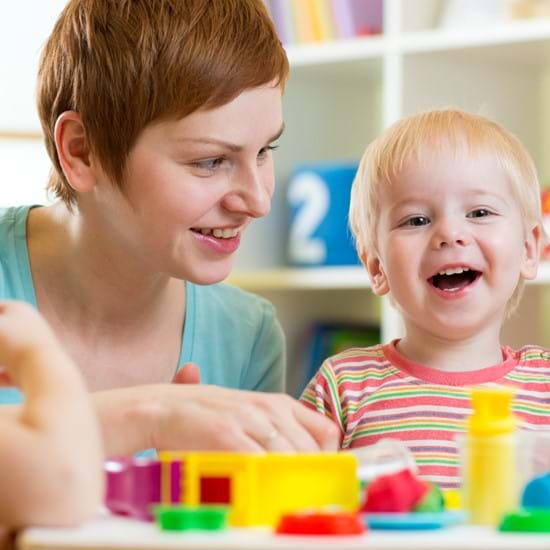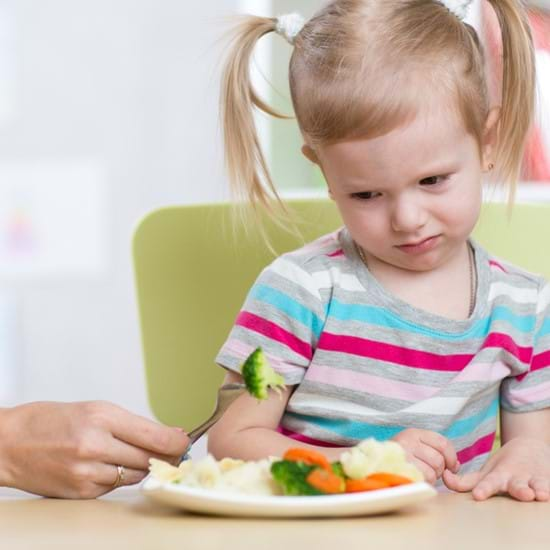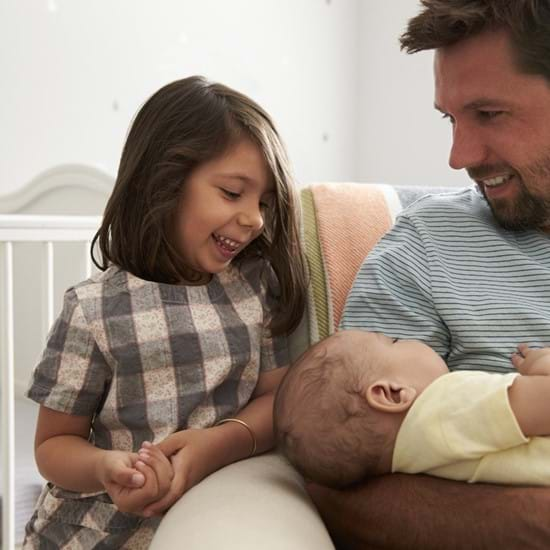
Self-Discovery: Mirror Games with Baby

Written by: Isabelle Lessard
It’s amazing how much babies learn during their first months of life. Newborns have no self-awareness and include themselves in the big picture. But as they begin to interact with their surroundings (people and objects) and motor development kicks in, babies gradually become aware of their extremities, meaning they understand those little hands and feet belong to their own distinct body.
The concept of object permanence
At this stage of brain development, a new concept emerges that allows babies to understand what they see in the mirror, i.e. object permanence. Simply put, the concept refers to the understanding that people and objects continue to exist even when they cannot be perceived.
As a parent, you play a role in this new-found knowledge without even realizing it. When you play peek-a-boo and hide behind baby’s blankie, you help them comprehend that although they can’t always see you, you’re still there. Slowly and unconsciously, infants will take the next logical step and comprehend that if mom still exists when she can’t be seen, then the same rule applies to them: they have a separate, permanent existence even if they cannot see themselves.
When does this all happen?
Children start to truly realize that the mirror is reflecting their image between 15 and 24 months old. Before that, they think the reflection in the mirror belongs to another child; they’ll usually want to wave or even try to go find them behind the mirror. Don’t worry if your child hasn’t reached this stage by the age of 2 years; this an average age range, so no worries if it takes your little one longer!
A revealing experience
When you notice baby shows interest in a mirror, create a small distraction and add a little colour to your little one’s face without them noticing (for instance, if you are wearing lipstick, a peck on the cheek could do the trick). Return the mirror without pointing to the mark you made. Once baby sees it, he or she might reach out to the reflection thinking that it belongs to the “playmate” gazing back at them. On the other hand, if your little one reaches up to touch his or her own face, it’s behavioral evidence that baby understands object permanence and that the mirror actually reflects what’s on his or her face. This experience has been documented several times over the years; here’s an example of different reactions depending on age.
Hey, that’s me!
You’ll notice that around the same time, baby will start using first-person pronouns (I, me) as they understand their individuality and become aware of their own person… can you guess what stage logically comes after this one? Think about it; as they develop their image of “self” and understand that they can have preferences that differ from what you give them, babies will move on to the next stage of their development and will let you know what they do or do not like―so give way to the “no” stage!


